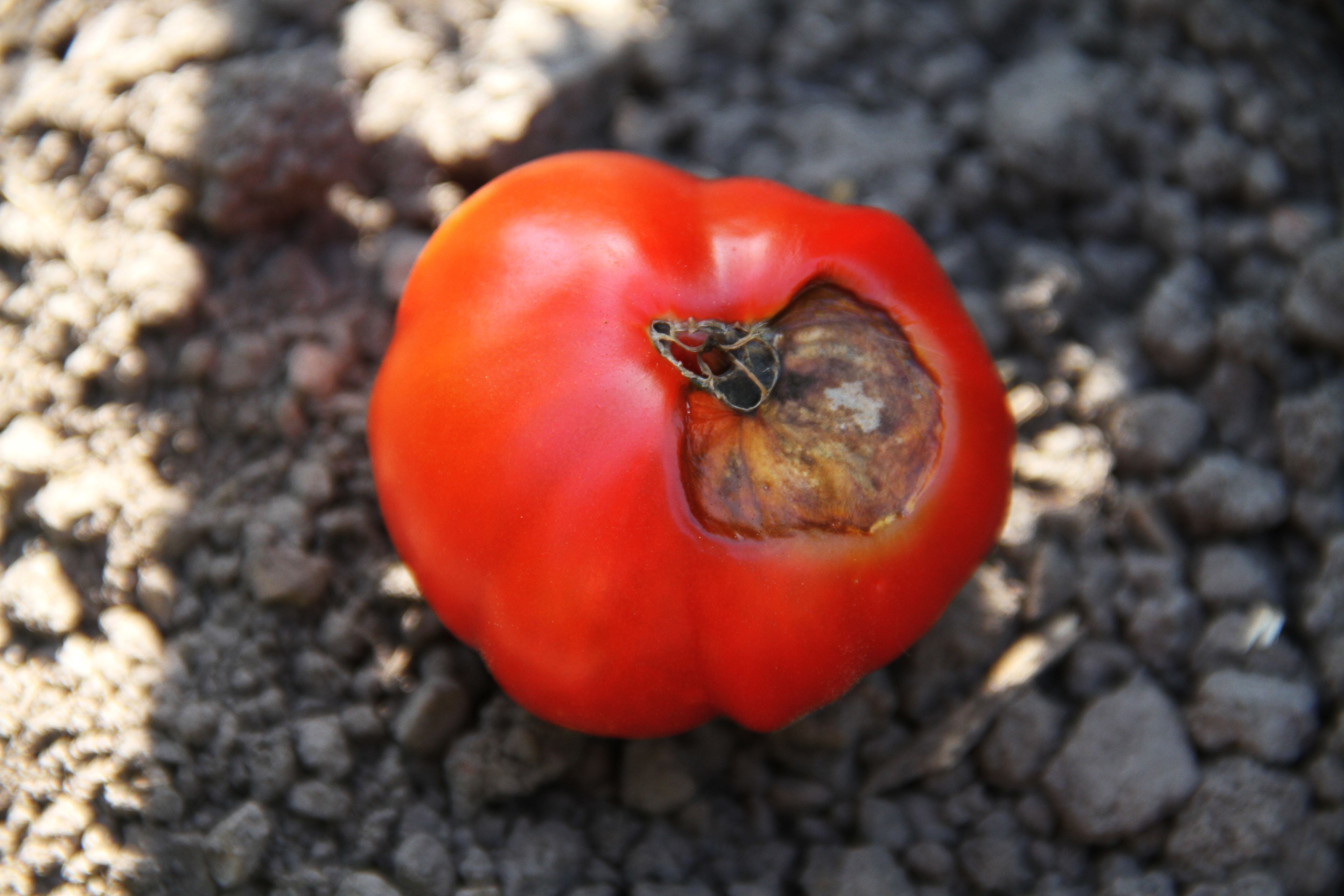GardenZeus Solutions to Common Abiotic Problems with Garden Tomatoes

Blossom Drop: Blossoms falling without setting fruit is one of the most common and frustrating problems with tomato plants. It may be caused by temperatures that are too warm or too cold, high or low humidity, lack of pollination, too much or too little water, or too much or too little nitrogen in soil, among other causes. Blossom drop can be minimized by growing tomato varieties that are appropriate for your climate, season, and growing conditions. In inland and hot-summer areas, grow heat-tolerant tomato varieties such as Black Krim and Yellow Pear that perform well in low humidity from spring to fall, and cold-tolerant or parthenocarpic varieties such as Oregon Spring from fall to spring. In coastal areas grow varieties year round that that tolerate cool weather and humidity, such as Siberian and Oregon Spring. Shake stems gently at least once per day to encourage pollination, during warmer times of day or when humidity is lowest; pollen will be less sticky under these conditions and your efforts more likely to be rewarded with fruit set. If you’re watering or fertilizing regularly, check soil wetness and rate of fertilizer application; reducing or discontinuing watering and fertilizing may help with fruit set. If blossom drop persists, try different tomato varieties or wait for warmer or cooler weather.
Blossom End Rot: A common condition in which the ends of immature tomato fruits develop brown spots or turn tough or leathery. Hard, inedible areas may form inside the fruits. This is caused by insufficient or unavailable calcium in soil and/or variable soil moisture (drying out between periods of irrigation). Plants that have been pruned hard are more likely to have blossom end rot. Add crushed eggshells and compost under mulch near the affected plants, and be diligent in maintaining even soil moisture. Add or refresh mulch up to 3 or 4 inches in depth to help retain moisture and buffer radical swings in soil moisture levels.
Cracked or Split Fruits: The delicate skin of some tomato varieties, especially heirlooms, may tend to crack just before fruits reach maturity. Cracks and splits in tomato fruits are most commonly caused by abundant watering after a period of dryness, and can also result from sun damage. Many heirloom varieties are genetically predisposed to producing thin and delicate skins; the trade off for these varieties is often rich flavor and/or beautiful color.
Sunburned Fruits: Tomato fruits exposed to sun, especially during hot periods, may develop yellow or yellowish-white scalded spots. Pinch or prune plants to encourage compact growth to shade fruits; protect individual tomatoes with stockings, socks, burlap, or shade cloth; or provide shade to entire plants during hot periods.
Tomatoes may also be prone to chlorosis, nitrogen deficiency, shallow rooting and other common abiotic vegetable issues. See The GardenZeus Guide to What Commonly Goes Wrong with Vegetable Plants in California Gardens for more information.


